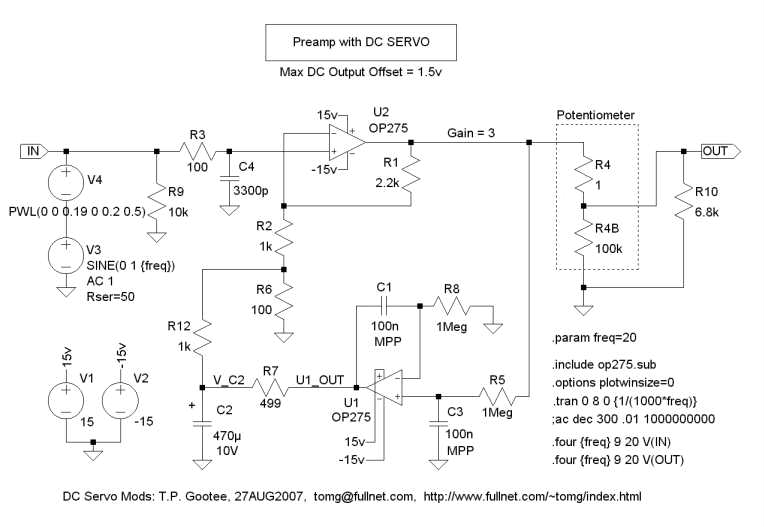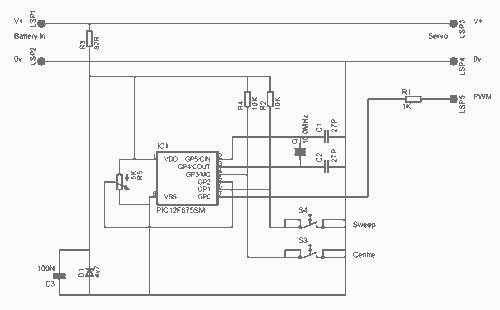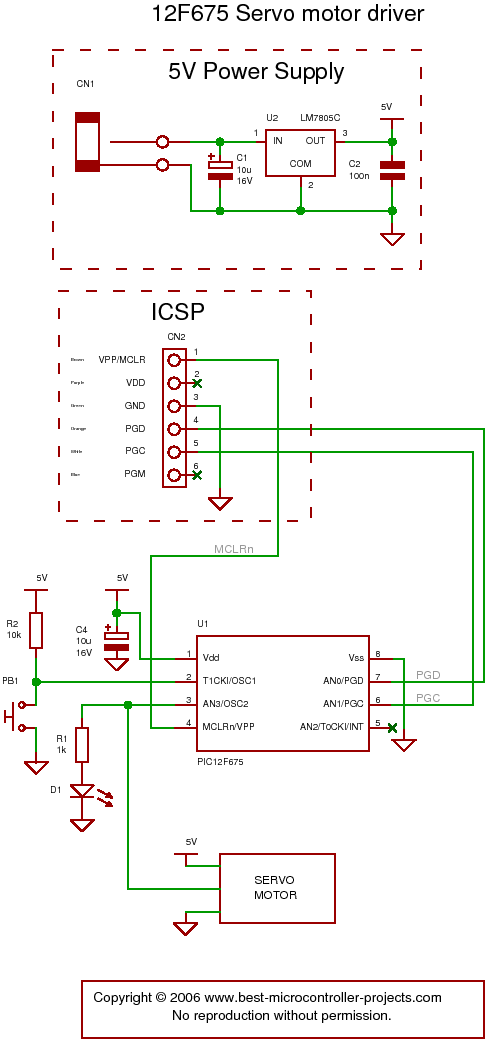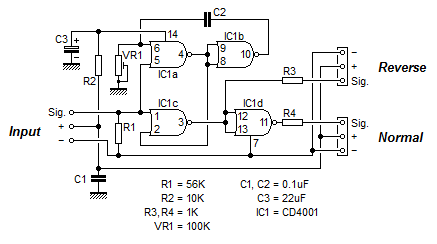
DC Servo

Additional experimentation has been conducted with the LTspice simulation of the Dxvideo preamplifier circuit that includes a DC servo. The .four command has been utilized within the simulation environment.
The LTspice simulation of the Dxvideo preamplifier circuit featuring a DC servo offers valuable insights into the circuit's performance characteristics. The preamplifier is designed to amplify low-level audio signals while minimizing noise and distortion. The inclusion of a DC servo is crucial as it allows for the automatic adjustment of the DC offset in the output signal, ensuring that the output remains centered around zero volts, which is essential for preventing clipping and distortion in the subsequent stages of amplification.
In the simulation, the .four command is employed to analyze the circuit's frequency response and gain at specified frequencies, providing a clear understanding of how the preamplifier behaves across the audio spectrum. This command enables the extraction of key parameters such as gain, phase shift, and input/output impedance, which are critical for evaluating the overall performance of the circuit.
The schematic of the preamplifier typically includes operational amplifiers configured in a non-inverting configuration to achieve high input impedance and low output impedance. Additional components such as resistors and capacitors are strategically placed to set the gain and filter unwanted frequencies, while the DC servo circuit, often implemented with a feedback loop, continuously monitors and corrects the DC offset.
Overall, the LTspice simulation serves as a powerful tool for optimizing the design of the Dxvideo preamplifier with DC servo, allowing for adjustments and refinements before physical implementation. The insights gained from this simulation can lead to enhancements in audio fidelity and system stability.I done some more playing with the LTspice simulation of Dxvideo`s preamp-with-DC-Servo circuit. I have been using the .four command to have spice.. 🔗 External reference
The LTspice simulation of the Dxvideo preamplifier circuit featuring a DC servo offers valuable insights into the circuit's performance characteristics. The preamplifier is designed to amplify low-level audio signals while minimizing noise and distortion. The inclusion of a DC servo is crucial as it allows for the automatic adjustment of the DC offset in the output signal, ensuring that the output remains centered around zero volts, which is essential for preventing clipping and distortion in the subsequent stages of amplification.
In the simulation, the .four command is employed to analyze the circuit's frequency response and gain at specified frequencies, providing a clear understanding of how the preamplifier behaves across the audio spectrum. This command enables the extraction of key parameters such as gain, phase shift, and input/output impedance, which are critical for evaluating the overall performance of the circuit.
The schematic of the preamplifier typically includes operational amplifiers configured in a non-inverting configuration to achieve high input impedance and low output impedance. Additional components such as resistors and capacitors are strategically placed to set the gain and filter unwanted frequencies, while the DC servo circuit, often implemented with a feedback loop, continuously monitors and corrects the DC offset.
Overall, the LTspice simulation serves as a powerful tool for optimizing the design of the Dxvideo preamplifier with DC servo, allowing for adjustments and refinements before physical implementation. The insights gained from this simulation can lead to enhancements in audio fidelity and system stability.I done some more playing with the LTspice simulation of Dxvideo`s preamp-with-DC-Servo circuit. I have been using the .four command to have spice.. 🔗 External reference





